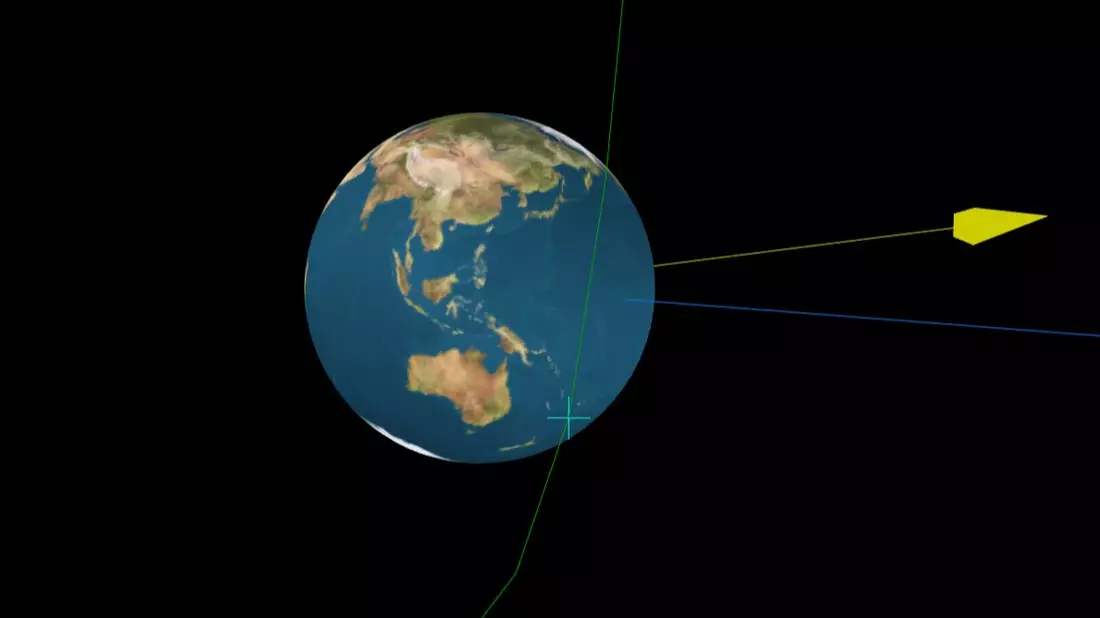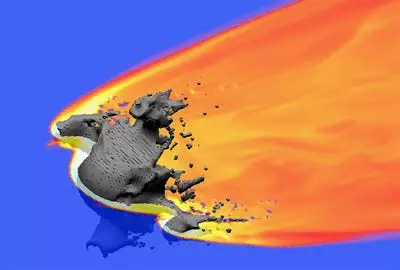
A car-sized asteroid flew close to Earth this week, with NASA admitting it had no idea it was coming.
The asteroid, called 2020 QG, flew within about 2,950km (1,830 miles) of Earth on Sunday - extremely close in asteroid terms.
In fact, according to asteroid trackers and a catalogue compiled by Sormano Astronomical Observatory in Italy, it's the closest ever recorded.
Advert
The Palomar Observatory in California didn't detect the sizeable space rock until about six hours after it flew past Earth.
Paul Chodas, the director of NASA's Center for Near Earth Object Studies, told Business Insider: "The asteroid approached undetected from the direction of the sun.
"We didn't see it coming."
Confirming the asteroid flew so close to Earth that it broke records, he added: "Yesterday's close approach is closest on record, if you discount a few known asteroids that have actually impacted our planet."

Telescope observations indicate the object is between 6ft (2m) and 18ft (5.5m) wide, making it the size of a vehicle - somewhere between a small car and an extended-cab pickup truck, according to Business Insider.
Advert
While the asteroid was the size of a car and had travelled near to our planet, NASA stressed that it never posed any harm, even if it had continued to actually hit Earth.
According to the Impact Earth simulator from Purdue University and Imperial College London, even if it had been a larger asteroid and made of dense iron, only small pieces may have reached the ground.
This is because such an asteroid would have exploded in the atmosphere, creating a huge fireball with an airburst equivalent to a couple of dozen kilotons of TNT - though this would have happened two or three miles above ground, meaning it wouldn't have sounded any louder than heavy traffic.
The Jet Propulsion Laboratory at California Institute of Technology says NASA detects a car-sized asteroid approximately once a year.
Advert
However, a meteoroid that could cause 'significant damage' to the planet only hits every couple of thousand years.

It also said space rocks smaller than about 82ft (25m) will 'most likely burn up as they enter the Earth's atmosphere and cause little or not damage'.
The website says: "About once a year, an automobile-sized asteroid hits Earth's atmosphere, creates an impressive fireball, and burns up before reaching the surface.
Advert
"Every 2,000 years or so, a meteoroid the size of a football field hits Earth and causes significant damage to the area.
"Finally, only once every few million years, an object large enough to threaten Earth's civilisation comes along. Impact craters on Earth, the moon and other planetary bodies are evidence of these occurrences."
Featured Image Credit: Minor Planet Center/International Astronomical Union
Topics: World News, News, Nasa, space, Asteroid